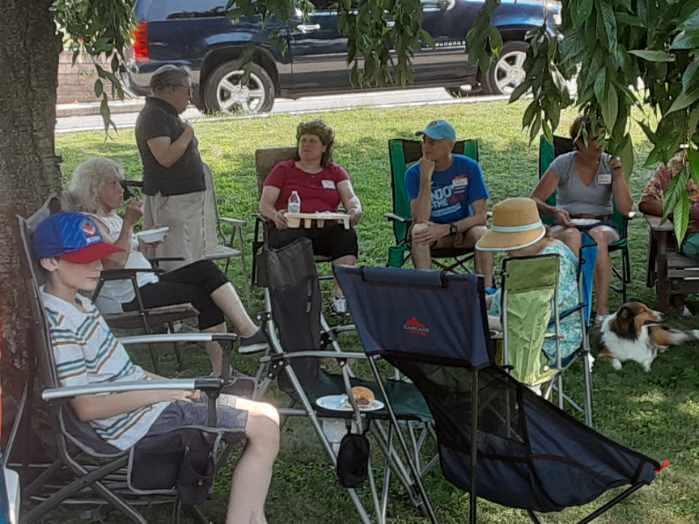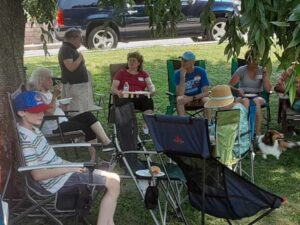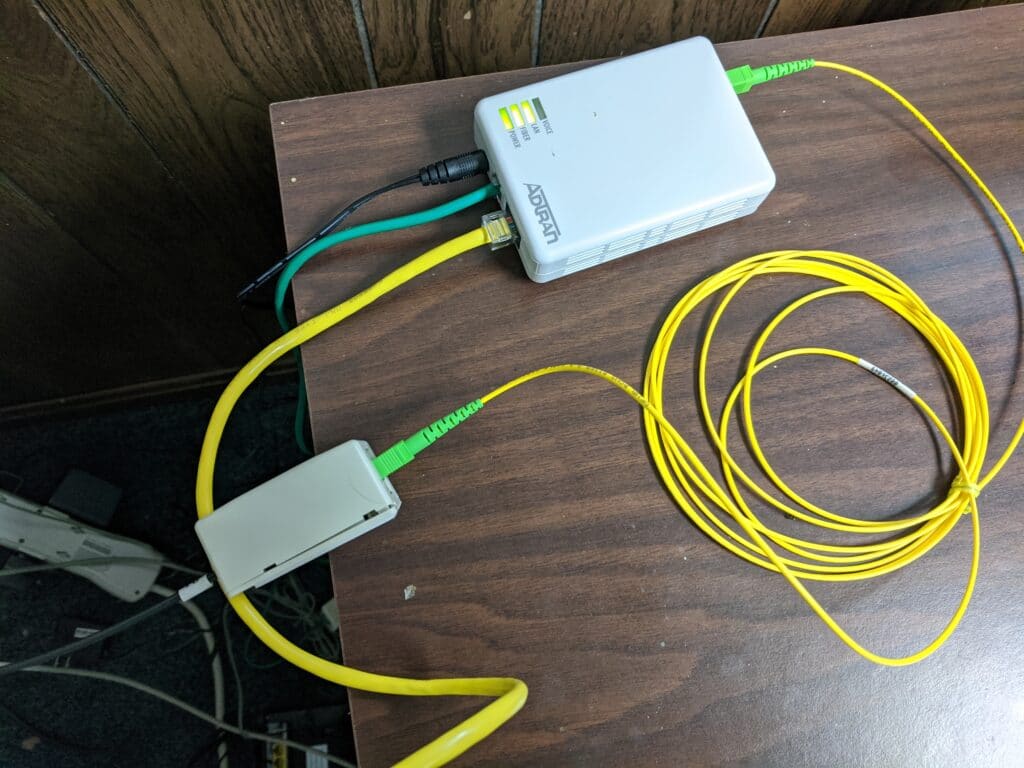Here’s a post I wrote for Microfinance Transparency on October 26, 2010:
(Note: not all formatting carried over from the MFT Blog)
 In a previous post, I described the technique that computer programs like Microsoft Excel use to calculate the XIRR (effective interest rate) as a very smart version of “guess and check.” The post on Newton’s Method described how the “guessing” part works, but it did not describe how the computer is able to finally verify when it has the correct EIR figure — the “check” part.
In a previous post, I described the technique that computer programs like Microsoft Excel use to calculate the XIRR (effective interest rate) as a very smart version of “guess and check.” The post on Newton’s Method described how the “guessing” part works, but it did not describe how the computer is able to finally verify when it has the correct EIR figure — the “check” part.
In today’s post, I’m going to describe the process that a computer program uses to generate a discounted cashflow, a method of calculating the value of a cashflow that uses the time-value of money. By adding up the discounted cashflows we are able to determine whether we have the correct EIR.
I’m going to start with a sample loan of $4,825.00 that was disbursed on the 28th of the month but is paid back on the 16th of the month every month for about a year. The fact that the disbursement date is not exactly one month prior to the first repayment means that a simple IRR formula can not be used for accurate results, and the calculation must take all the actual dates into account. The exact details are at right.
How to Check an EIR
The first step in the process is to come up with a guess. For my example, I’ll start with a guess of 30 percent. The next step is then to take that 30% rate and plug it into the discounting formula for each date of the loan:
Discounted cashflow = cashflow * (rate +1)^(-days/365)
This gives us the discounted value of the cashflow for each date period. We then add up all the discounted cashflows to produce a total. This total should be 0 if the rate is correct, indicating that discounted cashflow is equivalent to the nominal cashflow at the specified rate. If it is not 0, we guess again, until we get closer and closer to 0. (For our purposes we decided that 8 decimal places of accuracy is good enough!) Below, you will see that Newton’s method is able to guess the correct EIR in only 5 guesses! [Read more…]


